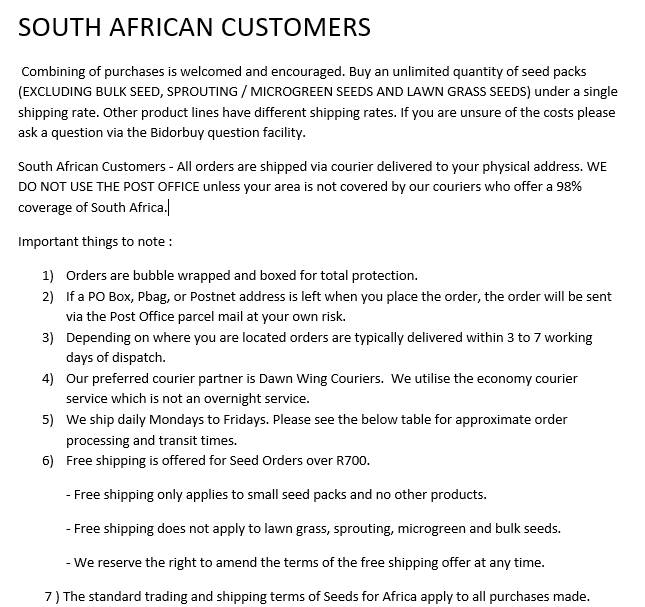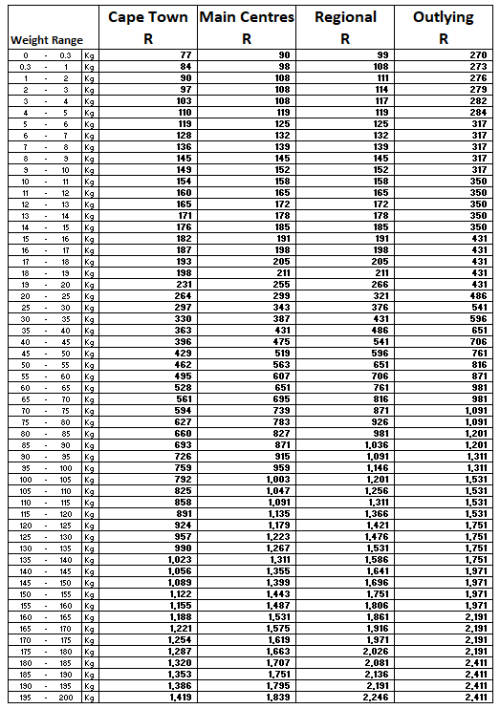



Douglas Fir Tree - Pseudotsuga menziesii - Exotic / Rare Bonsai Tree - 5 Seeds
Check my rate
View locations
| Main centres: | 1-3 business days |
| Regional areas: | 3-4 business days |
| Remote areas: | 3-5 business days |




| Main centres: | 1-3 business days |
| Regional areas: | 3-4 business days |
| Remote areas: | 3-5 business days |

Pseudotsuga means "false hemlock". Douglas-firs are medium-size to extremely large evergreen trees, 20100 metres tall. The leaves are flat, soft, linear needles 24 centimetres long, generally resembling those of the firs, occurring singly rather than in fascicles; they completely encircle the branches, which can be useful in recognizing the species. As the trees grow taller in denser forest, they lose their lower branches, such that the foliage may start as high as 34 m off the ground. Douglas-firs in environments with more light may have branches much closer to the ground. The bark on young trees is thin, smooth, grey, and contains numerous resin blisters. On mature trees, usually exceeding 80 years,[citation needed] it is very thick and corky, growing up to 36 cm thick with distinctive, deep vertical fissures caused by growth. Layers of darker brown bark are interspersed with layers of lighter coloured, corky material. This thickness makes the Douglas-fir perhaps the most fire-resistant tree native to the Pacific Northwest. The female cones are pendulous, with persistent scales, unlike those of true firs. They have distinctive long, trifid (three-pointed) bracts which protrude prominently above each scale and are said to resemble the back half of a mouse, with two feet and a tail. The cones are tan when mature, measuring 610 cm long for coastal Douglas-firs and a couple of centimetres shorter inland. Pseudotsuga menziesii var. menziesii, the coast Douglas-fir, grows in the coastal regions from west-central British Columbia southward to central California. In Oregon and Washington, its range is continuous from the eastern edge of the Cascades west to the Pacific Coast Ranges and Pacific Ocean. In California, it is found in the Klamath and California Coast Ranges as far south as the Santa Lucia Range, with a small stand as far south as the Purisima Hills in Santa Barbara County. One of the last remaining old growth stands of conifers is in the Mattole Watershed, and is under threat of logging. In the Sierra Nevada, it ranges as far south as the Yosemite region. It occurs from sea level along the coast to elevations of 1,500 m or higher, and inland in some cases up to 2,100 m. It is also naturalised throughout Europe, Argentina and Chile. Douglas-fir prefers acidic or neutral soils. However, it exhibits considerable morphological plasticity, and on drier sites P. menziesii var. menziesii will generate deeper taproots. The coast Douglas-fir variety is the dominant tree west of the Cascade Mountains in the Pacific Northwest. It occurs in nearly all forest types and competes well on most parent materials, aspects, and slopes. Adapted to a more moist, mild climate than the interior subspecies, it grows larger and faster than Rocky Mountain Douglas-fir. Associated trees include western hemlock, Sitka spruce, sugar pine, western white pine, ponderosa pine, grand fir, coast redwood, western redcedar, California incense-cedar, Lawson's cypress, tanoak, bigleaf maple and several others. Pure stands are also common, particularly north of the Umpqua River in Oregon. It is most dominant in areas with a more frequent fire regime that suppresses less fire-resistant conifers. Douglas-fir seeds are an extremely important food source for small mammals such as moles, shrews, and chipmunks, which consume an estimated 65% of each annual seed crop. The Douglas squirrel harvests and hoards great quantities of Douglas-fir cones, and also consumes mature pollen cones, the inner bark, terminal shoots, and developing young needles. Many different Native American groups used the bark, resin, and pine needles to make herbal treatments for various diseases. British Columbia's Bella Coola tribe mixed the resin with dogfish oil for many medicinal applications. Some tribes used the foliage as a hygienic freshener in sweat baths, and the leaves were used as a coffee substitute. Native Hawaiians built waa kaulua (double-hulled canoes) from coast Douglas-fir logs that had drifted ashore. The wood has historically been favoured as firewood, especially from the coastal variety. In addition early settlers used Douglas fir for all forms of building construction, including floors, beams, and fine carving. Even today much of the Northwest chain saw art is completed on Douglas fir logs.[citation needed] The structures built from fir have lasted 150 years and more. The species is extensively used in forestry management as a plantation tree for softwood timber. Douglas-fir is one of the world's best timber-producing species and yields more timber than any other species in North America. The species has ornamental value in large parks and gardens.[39] It has been commonly used as a Christmas tree since the 1920s, and the trees are typically grown on plantations. The buds have been used to flavour eau de vie, a clear, colourless fruit brandy. Douglas-fir pine leaves can be used to make pine needle tea. They possess a tangy citrus flavour and may serve in some recipes as a wild substitute for rosemary. The tree also makes an interesting Bonsai specimen.
Please familiarise yourself with the shipping info below

Shipping Rates are as listed below

Due to reduced staffing levels over Covid-19 please note that orders will take up to 5 working days to be dispatched after receipt of a cleared payment.
PLEASE NOTE THAT WE DO NOT SHIP OUTSIDE OF SOUTH AFRICA
